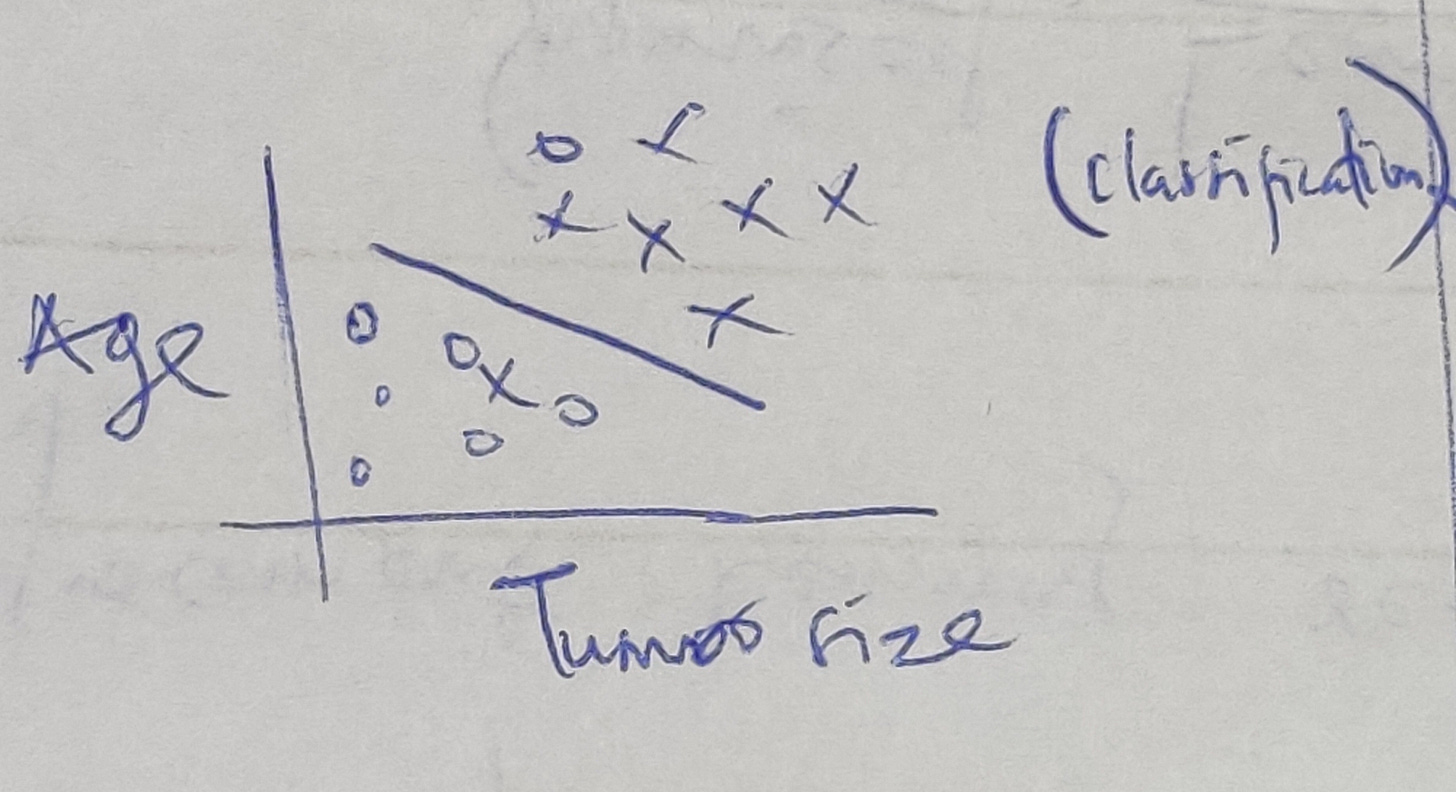What is Machine Learning
Machine learning is a field of study that gives computers the ability to learn without being explicitly programmed — Arthur Samuel (1959).
Tom Mitchell (1988) defined Machine Learning as a Well-Posed Learning Problem
“A computer is said to learn from experience E with respect to some task T and some performance measure P, if its performance on T, as measured by P, improves with experience E.”
Machine Learning Algorithms
Supervised Learning
Unsupervised Learning
Reinforcement Learning
Supervised Learning
The idea of supervised learning is to provide the machine with a dataset of correct answers and allow it to predict further answers.
Types of Supervised Learning
REGRESSION
CLASSIFICATION
A typical example of supervised learning would be the process of determining the price of a house.
Example
Consider the table below
$200 — 100sqm
$300 — 200sqm
$500 — 300sqm
say we provide the dataset above to the supervised machine learning algorithm as input, its goal will be to predict a continuous-valued output known as regression.
REGRESSION
The goal of a regression problem is to predict a continuous-valued output; that is, if we provided correct answers or labeled datasets as input, the algorithm should be able to predict a value for every arbitrary input.
In the example above, the machine will predict one price value per value in sqm.
CLASSIFICATION
Another example of supervised learning is the process of determining the malignancy or benign of a tumor
In this example, we want to determine if the tumor found in the breast is either malignant or benign, so at every point in time, a tumor should either be malignant (X) or benign (0)
The goal of a classification problem is to predict a discrete-valued output (X or 0) at every point in time.



